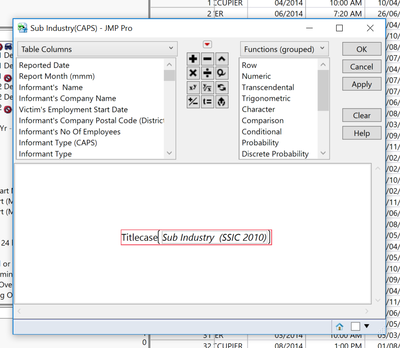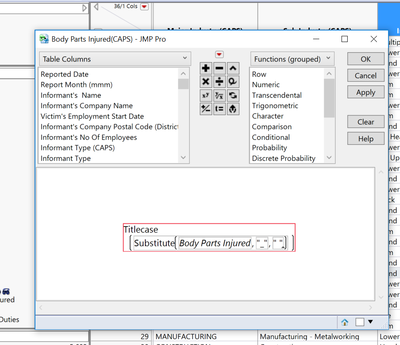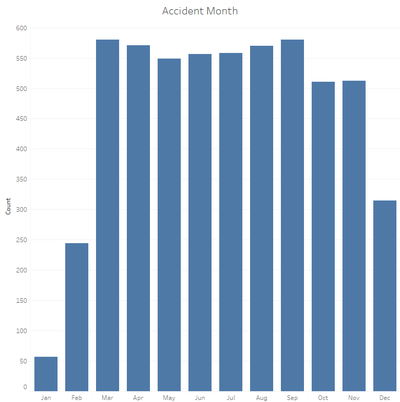IS428 2016-17 Term1 Assign2 Lim Hui Ting
Contents
Theme of Interest
1.Background
Recently, the issue of insufficient medical leave given to injured workers has come under the spotlight again. In May this year, the court has suspended Raffles Hospital orthopaedic surgeon Wong Him Choon, 51, for six months. He had operated on a construction worker’s broken hand, but gave him just two days' medical leave and certified him fit for light duties for a month after that (Ho, 2016).
In August this year, the straits times reported that a shipyard worker has to had his right index finger amputated after it was crushed by some falling metal. However, he was only given one day of medical leave and three months of light duties (Ho, 2016).
Insufficient medical leave given to injured workers is a widespread problem in the construction industry. Employers usually influence doctors to give injured workers shorter medical leave in order to avoid reporting the accident to the Ministry of Manpower(MOM). Employers can also maintain their clean safety record and avoid paying higher insurance premiums in the future. (Foo, 2016)
Since injured employees are entitled to sufficient medical leave on proper clinical grounds, this assignment aims to analyse the distribution of the duration of the medical leave given to injured employees not just in the construction industry but the other industries in Singapore.
2. Questions for Investigation:
1)When do the accidents usually occur?
2)What are the injured employees’ characteristics?
3)What is the distribution of the number of MC days given to injured employees?
Tools Utilised
1.JMP Pro
2.Tableau
Data Preparation
1. Irrelevant Columns Removed
| Columns Removed | Reasons |
|---|---|
|
Analysis is not part of the objective of this assignment |
|
Not required as the same information can be taken from other columns |
|
Information is not useful as they are numerical representations of the descriptions set by MoM |
2. Reformat All Text Columns
From the raw data, we can see that some columns are in uppercase whereas some columns are in lowercase. Furthermore, as for the Occupation column, some rows are in uppercase,lowercase or titlecase. Thus, it is better to standardise all the text columns to titlecase in order for a neater presentation of findings. This is done by using the Titlecase function in the column’s formula in JMP.
3. Removal of Underscores in Text Columns
From the nature of injury column and body parts injured column, underscores are being used. In order for a neater presentation of findings, these underscores are removed using the substitute function in the column’s formula.
4. Recode Occupation Column
For the Occupation column, some occupations relate to the same thing but are being recognised as different occupation due to spelling errors, spacing and singular/plural forms. Thus, these are being corrected using the recode function in JMP. For example as seen in the screenshot above, construction worker is being spelt differently such as “construction wokrer” or “constrction worker”. “Cook” and “Cooks” refer to the same occupation just that one is in singular form and another is in plural form.
5. Removal of Missing Records
Using the Missing Data Pattern function in JMP, there are a total of 47 rows with missing values in certain columns. As the numbers are not significant, I have deleted these rows instead of imputing a value for them.
6. Reformat Time Column to a Format Readable by Tableau
When the clean dataset is being imported in Tableau, Tableau recognise the Accident Time column as a character column instead of time format. Attempts to change the format directly from Tableau did not work. Thus, a calculated field is being created to change the format of this column and to change the timing format from 12-hour to 24-hour timing. The formula being used is as follows:
IF RIGHT([Accident Time],2)="PM" AND NOT LEFT([Accident Time],2)="12" THEN MAKETIME(INT(LEFT([Accident Time],FIND([Accident Time],":",1)-1))+INT(12),INT(MID([Accident Time],FIND([Accident Time],":",1)+1,2)),INT(00)) ELSEIF RIGHT([Accident Time],2)="AM" AND LEFT([Accident Time],2)="12" THEN MAKETIME(INT(0),INT(MID([Accident Time],FIND([Accident Time],":",1)+1,2)),INT(00)) ELSE MAKETIME(INT(LEFT([Accident Time],FIND([Accident Time],":",1)-1)),INT(MID([Accident Time],FIND([Accident Time],":",1)+1,2)),INT(00)) END
When do the Accidents Usually Occur?
Overview of Workplace Injuries in 2014
In 2014, January has the least number of injured workers. The number of injured workers between March to September is relatively the same and dips between November and December. The number of injured workers are relatively the same between Monday to Saturday. Sunday has the least number of injured workers. Monday, Wednesday and Sunday have three peaks on the graph whereas Tuesday, Thursday Friday and Saturday has two peaks on the graph. Employees tend to be injured between 10-11am and 2-4pm.
What are the Victims' Characteristics?
1 Employees' Age
From the histogram, most of the victims are between 25-30 years old.
2 Employees' Gender
From the bar chart, there are more male employees injured than female employees in 2014.
3 Employment Tenure
From the histogram, where the number of bins are set at two months, we can see that most of the injured employees are new comers who have worked at the company for less than 6 months. Thus, this means that less experience employees have a higher tendency to be injured at the workplace.







